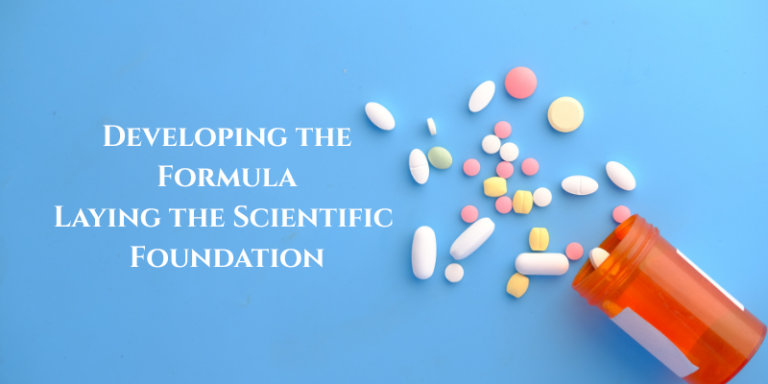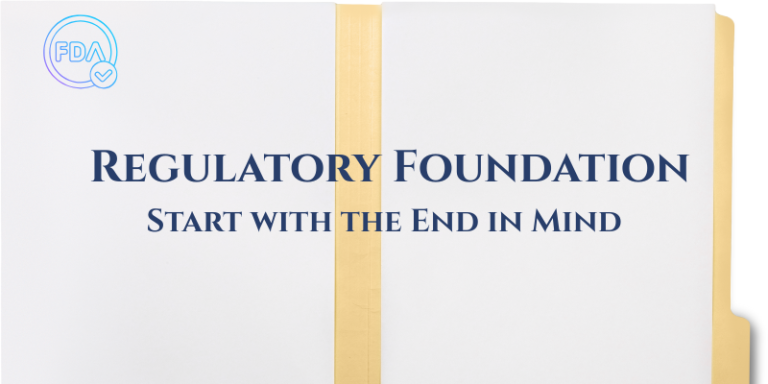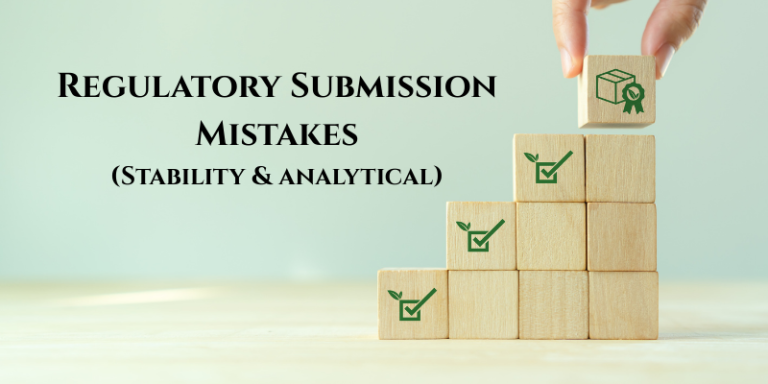Developing the Formula | Laying the Scientific Foundation
Once regulatory direction is clear, the next step is formulation development—the heart of generic product success. But remember, formulation is not just about blending ingredients. It’s a strategic and scientific process. The goal is not only to match the innovator product (RLD), but to ensure your formulation is bioequivalent, manufacturable, stable, and regulatory compliant. Here’s…






